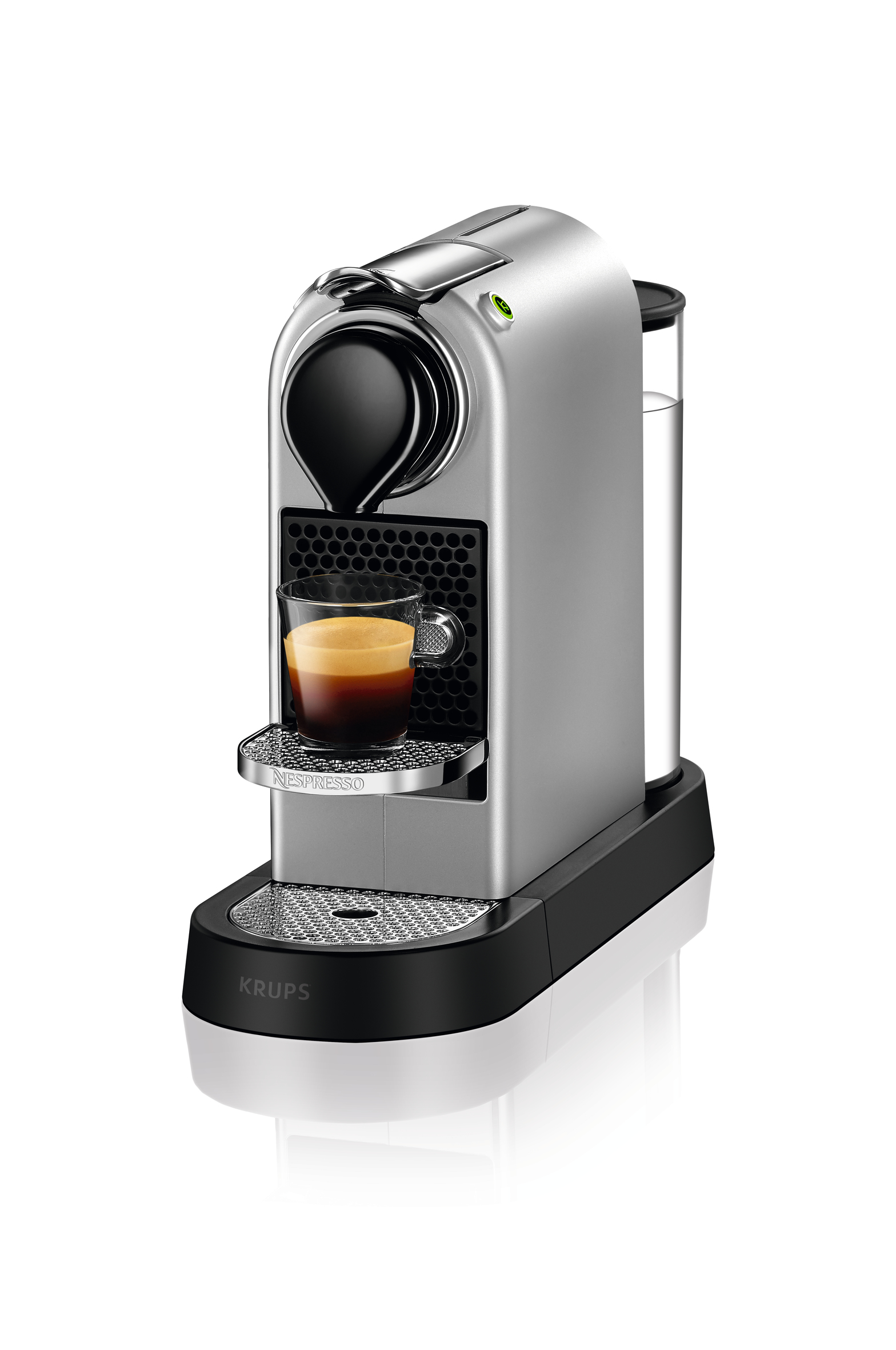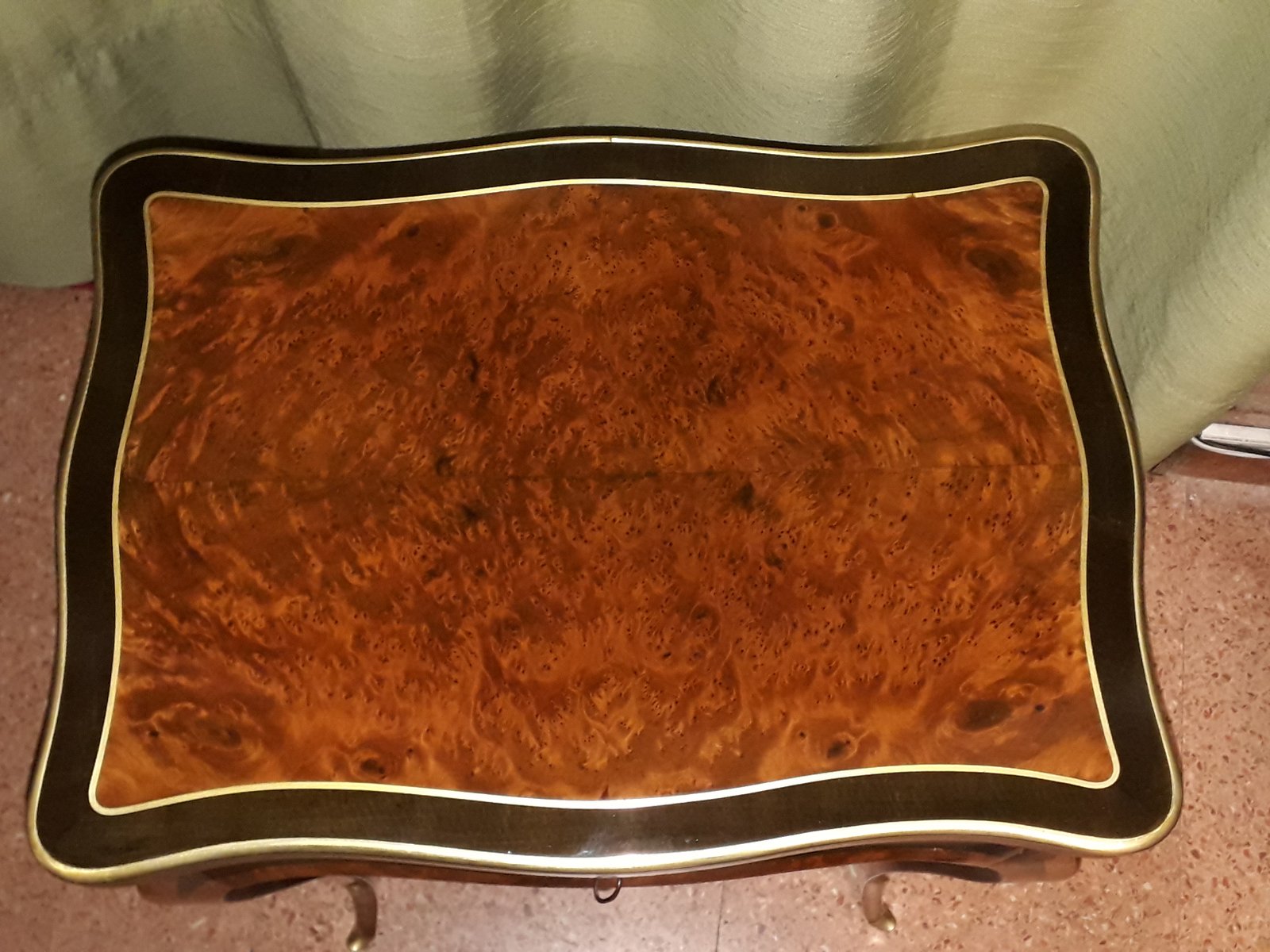
Water drips through coffee grinds and comes out as brewed coffee on the other side.If you’re buying a single-cup coffee maker for the office, it’s worth investing a little more.
#Coffee vmaker manual#
More sophisticated models disperse the water in timed pulses to aid in blooming and brewing at a consistent ratio.įrom there, automatic drip coffee makers basically work just like manual pour over coffee makers.

Once heated, the water travels back up through the tube and is dispersed from a showerhead onto the coffee bed (this last bit of travel cools the water down so by the time it hits your coffee it’s no longer boiling, but rather around 200 degrees Fahrenheit).

Inside the tube, the water is boiled with the same heat as the hot plate. The water travels through a one-way valve into an aluminum tube which wraps around the base of the warming pad. At the same time, electricity is delivered from the heating element to warm the hot plate (if yours has one) and to warm the reservoir water. When you turn the coffee maker on, water is drawn into the hole at the bottom of the water reservoir. At the bottom of the reservoir, there is a hole. Inside, there is a section of tubing stretching from the bottom of the chamber to the top. When you make a pot of fresh coffee, the first thing you do is fill the reservoir with filtered water. Don’t overlook cleaning the basket! Coffee oils and residual coffee grounds can quickly aid in bacteria production and impact the overall longevity of your coffeemaker. Soap and water work wonders in your carafe.

Toss the solution (which will have snagged calcium deposits as well as bacteria and yeast) and run clean water through your brewer at least twice to remove any vinegar residue.Ĭlean your coffee maker this way at least once every three months, but make sure you’re cleaning all removable parts of the coffee maker after every pot. Let the water and vinegar combo go through the brew cycle, then turn off your coffee maker. Pour equal parts white vinegar and water into your coffee maker, and start the brew cycle like you normally would. While a coffee shop uses commercial-grade cleaners on their equipment, you don’t need anything other than water and vinegar.
#Coffee vmaker how to#
Luckily, learning how to clean your coffee maker is a much easier process than you might anticipate. Coffee brewing should take between three and five minutes on most machines, from the time the water starts dripping onto the coffee to when it drips all the way through the coffee ground.Ĭoffee makers are literal hot beds for bacteria and yeast, which means that diligence in cleaning them is important. Your machine may have extra features like a “strength” selector, but our recipe works best at the default setting (and if you want coffee that’s weaker or stronger than our recipe, you can always adjust the amount of coffee next time). Turn on the machine and wait for the brew cycle to complete. Blade grinders don’t have the same types of settings as a burr coffee grinder, so if you’re using one of those, try to grind until most of your particles look roughly the size of sand.Īdd your grounds to the coffee filter and place the basket back inside the machine. Make sure to note your coffee grinder setting, so you can either repeat it or make an adjustment next time you’re brewing coffee. Since most home coffee makers don’t let you adjust settings like time and temperature, changing grind size is one of the most important ways you can influence coffee taste. If you’re grinding fresh, start with a medium coffee grind size (some grinders have a specific “drip” setting). If you have a bag of pre-ground coffee, just skip right over to the next paragraph.


 0 kommentar(er)
0 kommentar(er)
